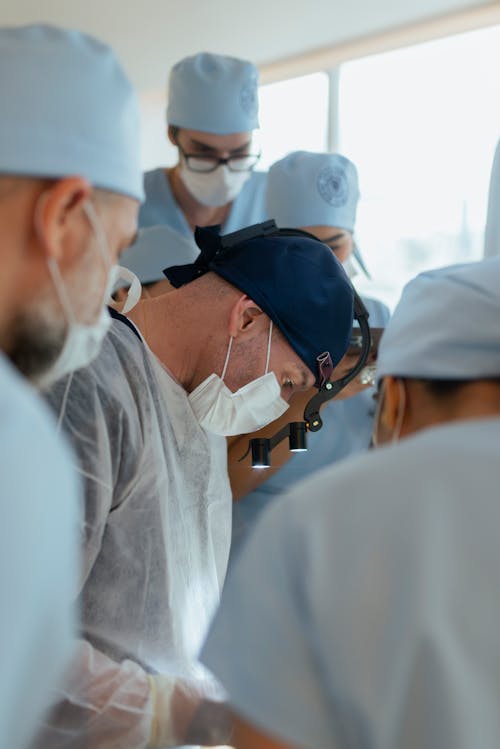Skilled Nursing Facilities: Trends and Transformations in Elder Care
This article delves into the emerging trends and transformations within Skilled Nursing Facilities, particularly focusing on elder care. It examines the shift toward holistic care models, innovations in treatment methods, and the integration of technology. Understanding these trends is crucial for families and caregivers as they navigate the complexities of aged care options available in Skilled Nursing Facilities.
Transforming Care in Skilled Nursing Facilities
Skilled Nursing Facilities (SNFs) play a pivotal role in the care of the elderly population, addressing their unique health requirements. In recent years, there has been a noticeable shift toward embracing holistic care models that focus on the whole person rather than just their medical needs. Skilled Nursing Facilities are increasingly prioritizing mental, emotional, and social well-being alongside physical health. This integrated approach benefits residents by fostering better overall health outcomes. Facilities that adopt such models often report higher satisfaction levels among their residents and families, indicating a profound change in how care is perceived and delivered within these environments. Ultimately, this transformation highlights the necessity of delivering superior care tailored to each individual's needs.
Innovations in Treatment within Skilled Nursing Facilities
As caregiving models evolve, so too do the treatment methods employed in Skilled Nursing Facilities. Innovations such as personalized medicine, rehabilitation robotics, and teletherapy are gaining traction in elder care. These approaches effectively address individual health requirements, enhancing the overall quality of care provided to residents. Skilled Nursing Facilities that integrate evidence-based practices into their treatment regimens frequently observe improved recovery rates and resident satisfaction. Additionally, regular training sessions for staff ensure they are equipped with the latest knowledge on these innovations. By emphasizing treatment innovations, Skilled Nursing Facilities can lead the charge in redefining elderly care standards.
The Role of Technology in Skilled Nursing Facilities
Technology is reshaping how care is delivered in Skilled Nursing Facilities. The integration of digital health tools, such as remote monitoring devices and electronic records, is improving communication and efficiency. These technologies not only help staff manage patient care more effectively but also empower residents to take an active role in their health management. The use of mobile applications allows residents to access their health information and communicate with care teams seamlessly. Skilled Nursing Facilities that embrace technology foster an environment of transparency and control for residents, reinforcing their sense of agency in healthcare decisions. This ongoing transformation indicates a transformative future for elder care.
Holistic Approaches in Skilled Nursing Facilities
Having a comprehensive understanding of resident needs is crucial in Skilled Nursing Facilities. Holistic approaches often incorporate alternative therapies, such as music and art therapy, to enhance residents' emotional wellness. Skilled Nursing Facilities that offer diverse programming options can effectively promote engagement among residents and provide them with meaningful activities. Creating spaces for social interaction within the facility is equally essential; this promotes connections among residents, leading to improved mental health and reduced feelings of isolation. By addressing various aspects of wellness, Skilled Nursing Facilities can ensure their residents enjoy a better quality of life.
Challenges in Skilled Nursing Facilities Transformation
While the transformation within Skilled Nursing Facilities is promising, challenges remain. Workforce shortages and budget constraints can hinder the implementation of new models and technologies. Additionally, ensuring compliance with rigorous regulations can be daunting for facilities. Skilled Nursing Facilities must navigate these obstacles strategically, utilizing partnerships with community organizations and stakeholders to enhance resources and support. Building a culture of continuous improvement will enable Skilled Nursing Facilities to evolve alongside the changing landscape of elder care.
Conclusion: The Path Ahead for Skilled Nursing Facilities
The future of Skilled Nursing Facilities hinges upon their ability to adapt to ongoing changes in elder care. By embracing holistic models, technological innovations, and transformative treatment methods, these facilities can enhance the quality of care provided to residents. As skilled nursing continues to evolve, stakeholders must advocate for progressive practices and policies. The journey toward more effective elder care will require collaboration and a commitment to continuous improvement among all involved. Only through dedicated efforts can Skilled Nursing Facilities truly embody care that meets the diverse needs of their resident populations.
